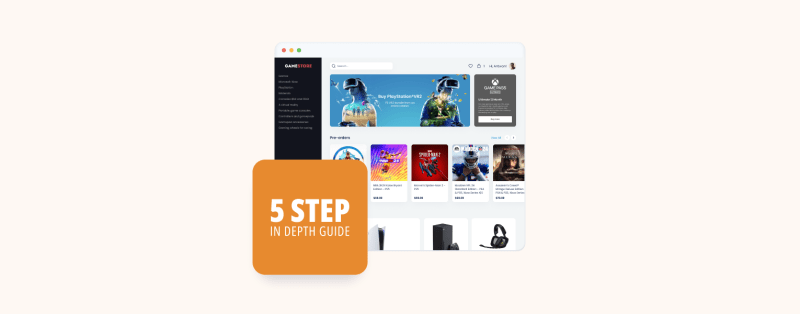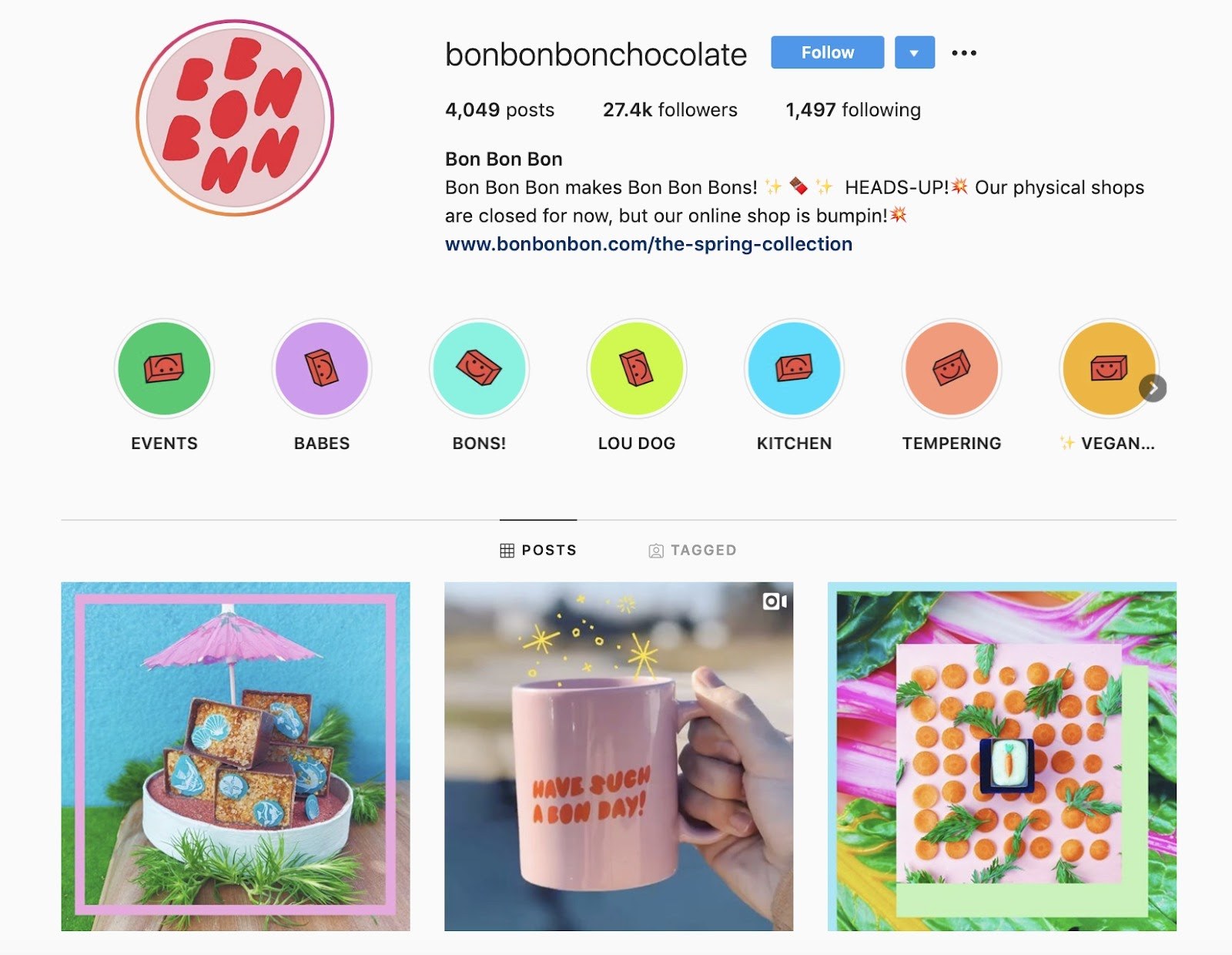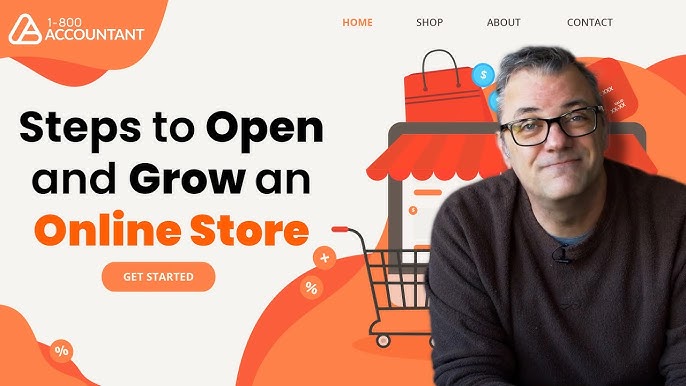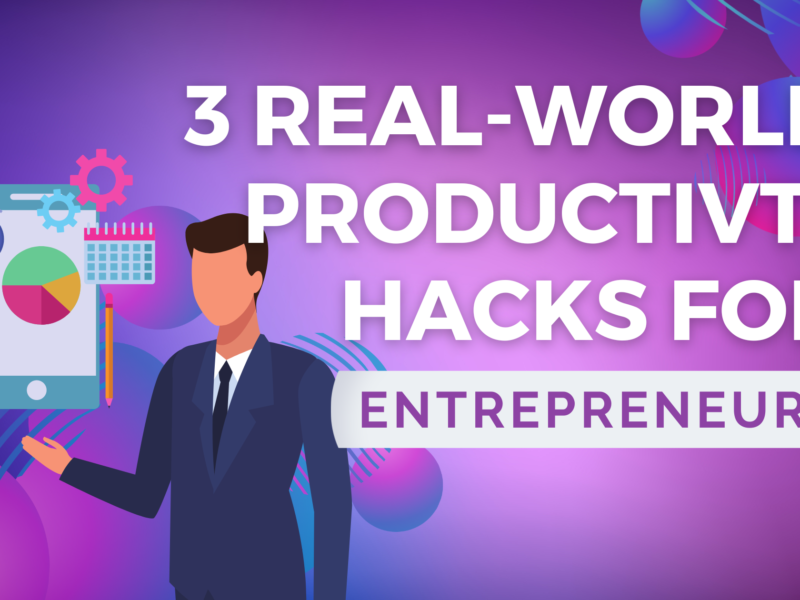Growing an online store can feel overwhelming. But, it is achievable with the right steps.
Starting an online store is just the beginning. To turn it into a successful business, you need to focus on growth. This involves attracting more customers, boosting sales, and improving your overall presence. From enhancing your website to leveraging social media, there are various strategies to explore.
Understanding your market and using effective tools can make a significant difference. Ready to dive into the world of online store growth? Let’s explore the essential steps to take your store to the next level.

Credit: www.youtube.com
Choosing The Right Platform
Choosing the right platform is crucial for growing an online store. The platform you choose shapes your store’s future. It affects user experience, scalability, and costs. This section will guide you through key considerations.
E-commerce Platforms
E-commerce platforms are the backbone of your online store. They offer various features and tools LaunchMyStore, Shopify, WooCommerce, and BigCommerce are popular options. Each has strengths and weaknesses. Choose one that fits your needs.
Custom Vs. Hosted Solutions
Custom solutions offer flexibility. You can tailor every detail. This option requires technical skills and a bigger budget. Hosted solutions are easier to manage. Examples include LaunchMyStore and BigCommerce. They handle hosting and updates. This option is great for beginners. It allows you to focus on sales.
Designing A User-friendly Website
Designing a user-friendly website is crucial for the growth of your online store. A well-designed website can enhance user experience and boost conversions. Visitors should find it easy to browse and purchase products. Focus on making your site simple and functional.
Mobile Responsiveness
Ensure your website is mobile-friendly. Many users shop on their phones. A responsive design adjusts to different screen sizes. Test your site on various devices. This helps ensure a seamless experience for all users. A mobile-friendly site can lead to higher engagement.
Intuitive Navigation
Navigation should be straightforward. Visitors should find what they need quickly. Use clear labels for menus and categories. Avoid cluttering the navigation bar with too many options. A simple structure helps users find products faster. This can increase the likelihood of a purchase.
Optimizing For Search Engines
Optimizing for search engines is essential for growing your online store. It helps increase visibility and attract more potential customers. This section will cover the basics of keyword research and on-page SEO techniques.
Keyword Research
Keyword research is the first step in optimizing your online store. It involves finding the right keywords that your target audience is searching for. Use tools like Google Keyword Planner or Ahrefs to identify relevant keywords.
- Focus on long-tail keywords. These are specific phrases with lower competition.
- Look for keywords with a high search volume. This indicates more potential traffic.
- Analyze competitors’ keywords. Find gaps where you can rank higher.
Here is a simple table to help you organize your keyword research:
| Keyword | Search Volume | Competition |
|---|---|---|
| Best running shoes | 10,000 | High |
| Affordable running shoes | 5,000 | Medium |
| Comfortable running shoes | 3,000 | Low |
On-page Seo Techniques
On-page SEO involves optimizing individual pages to rank higher and earn more traffic. Here are some key techniques:
- Title Tags: Use your main keyword in the title tag. Keep it under 60 characters.
- Meta Descriptions: Write a compelling meta description. Include your main keyword and keep it under 160 characters.
- Headings: Use headings (H1, H2, H3) to structure your content. Include keywords in headings.
- URL Structure: Keep URLs short and include keywords. Avoid using numbers or special characters.
- Internal Linking: Link to other relevant pages on your site. This helps users navigate and improves SEO.
- Image Optimization: Use descriptive file names and alt text for images. This helps search engines understand your content.
By focusing on these on-page SEO techniques, you can improve your online store’s visibility in search engine results.
Leveraging Social Media
Leveraging social media is a powerful way to grow your online store. Social platforms connect your store with millions of potential customers. They help you build brand awareness and drive traffic to your website. Using social media effectively requires a clear strategy. Focus on engaging your target audience and creating valuable content.
Target Audience Engagement
Understanding your target audience is crucial. Know their interests, problems, and needs. Engage with your audience by asking questions and responding to comments. Create polls and surveys to gather feedback. Share user-generated content to build trust and loyalty. The more you interact, the more your audience will connect with your brand.
Content Strategies
Creating valuable content is key to growing your online store. Share a mix of product updates, tips, and behind-the-scenes content. Use visuals like images and videos to make your posts more engaging. Tell stories that resonate with your audience. Keep your content consistent and aligned with your brand voice. Schedule posts at times when your audience is most active. This helps to increase visibility and engagement.
Email Marketing Tactics
Email marketing is a powerful tool for growing an online store. It allows you to connect with your customers directly. With the right tactics, you can boost sales and build loyalty.
Building A Subscriber List
To start, you need a solid subscriber list. This list will be your direct line to potential customers. Here are some tips to build it:
- Offer Incentives: Provide discounts or free shipping for sign-ups.
- Use Pop-Ups: Pop-up forms can catch visitors’ attention.
- Leverage Social Media: Promote your newsletter on social platforms.
- Include Sign-Up Forms: Add forms on your website and blog.
Remember, the key is to make signing up easy and worthwhile for your visitors.
Personalized Campaigns
Personalized email campaigns can make your customers feel special. Tailored content increases engagement and sales. Here’s how you can personalize your emails:
| Strategy | Example |
|---|---|
| Use Names | Address customers by their first name. |
| Segment Your List | Group subscribers by purchase history or interests. |
| Send Recommendations | Suggest products based on past purchases. |
| Birthday Offers | Send special deals on their birthdays. |
Using these strategies, you can create emails that resonate with your audience. Personalized content shows you care about their needs and preferences.
Utilizing Paid Advertising
Utilizing paid advertising can significantly boost your online store’s visibility. It offers a quick way to reach potential customers and drive traffic to your website. Paid advertising allows you to target specific audiences, ensuring your ads reach the right people. This can lead to increased sales and a higher return on investment.
Ppc Campaigns
PPC (Pay-Per-Click) campaigns are a popular form of paid advertising. You pay a fee each time someone clicks on your ad. This can be an effective way to drive traffic to your online store. To start, choose the right keywords related to your products. These keywords should be terms your potential customers might search for. Then, create compelling ad copy that encourages clicks. Monitor your campaigns regularly to see which keywords and ads perform best. Adjust your strategy based on these insights to maximize your results.
Retargeting Ads
Retargeting ads help you reach visitors who have already interacted with your website. These ads remind potential customers about products they viewed but didn’t purchase. Retargeting can increase the chances of converting these visitors into customers. Set up retargeting ads through platforms like Google Ads or Facebook Ads. Use eye-catching images and clear calls to action to capture attention. Track the performance of your retargeting ads to optimize them for better results.
Enhancing Customer Experience
Enhancing customer experience is crucial for growing an online store. Happy customers return and recommend your store to others. Providing an outstanding experience can set your store apart from competitors.
Customer Support
Customer support should be a top priority. Prompt and helpful responses make customers feel valued. Offer multiple support channels, like live chat, email, and phone. A well-trained support team can solve issues quickly. This builds trust and encourages repeat purchases. FAQs and self-help sections also improve support efficiency.
Personalized Shopping Experience
A personalized shopping experience can boost customer satisfaction. Use customer data to tailor product recommendations. Show items based on browsing history and previous purchases. Personalized emails with product suggestions can drive sales. Customers appreciate stores that understand their preferences.
Another way to personalize is through a loyalty program. Reward repeat customers with points or discounts. This encourages them to return and make more purchases. Personalization makes customers feel special and appreciated.

Credit: www.x-cart.com
Analyzing Performance Metrics
Analyzing performance metrics is crucial for the growth of your online store. Metrics help you understand how well your store is doing. They show what works and what needs improvement. By focusing on key performance indicators and adjusting strategies, you can optimize your store’s performance.
Key Performance Indicators
Key performance indicators (KPIs) are metrics that help measure success. Here are some essential KPIs for an online store:
- Conversion Rate: The percentage of visitors who make a purchase.
- Average Order Value (AOV): The average amount spent per order.
- Customer Acquisition Cost (CAC): The cost of acquiring a new customer.
- Customer Lifetime Value (CLV): The total revenue a customer brings over their lifetime.
- Cart Abandonment Rate: The percentage of shoppers who add items to their cart but do not complete the purchase.
Tracking these KPIs regularly helps you see trends. This aids in making informed decisions to improve your store.
Adjusting Strategies
Adjusting strategies based on metrics is vital. Here are some steps to take:
- Analyze Data: Look at your KPIs to identify areas needing improvement.
- Set Goals: Based on your analysis, set specific, measurable goals.
- Implement Changes: Make changes to your marketing, product listings, or website design.
- Monitor Results: Track the impact of your changes on your KPIs.
Regularly reviewing and adjusting your strategies ensures continuous growth. Be proactive and responsive to your data.

Credit: www.bigcommerce.com
Frequently Asked Questions
How Do I Start An Online Store?
Begin by choosing a niche, setting up a website, and selecting products to sell.
What Platform Should I Use For My Online Store?
Popular platforms include LaunchMyStore, Shopify, WooCommerce, and BigCommerce. Each offers unique features to fit various needs.
How Can I Attract Customers To My Online Store?
Use social media, email marketing, and SEO strategies to drive traffic to your site.
What Payment Methods Should I Offer?
Provide multiple options like credit cards, PayPal, and other online payment gateways to accommodate customer preferences.
How Do I Handle Shipping For My Online Store?
Partner with reliable shipping carriers. Offer various shipping options to meet customer needs.
How Can I Improve My Online Store’s Seo?
Optimize product descriptions, use relevant keywords, and create quality content to improve search engine rankings.
Conclusion
Growing an online store requires dedication and strategic planning. Focus on customer experience. Build a user-friendly website. Offer quality products. Use social media to engage customers. Implement effective SEO techniques. Stay consistent with marketing efforts. Analyze sales data regularly. Adapt to market trends.
These steps ensure steady growth. Keep learning and improving. Success will follow with persistence.


